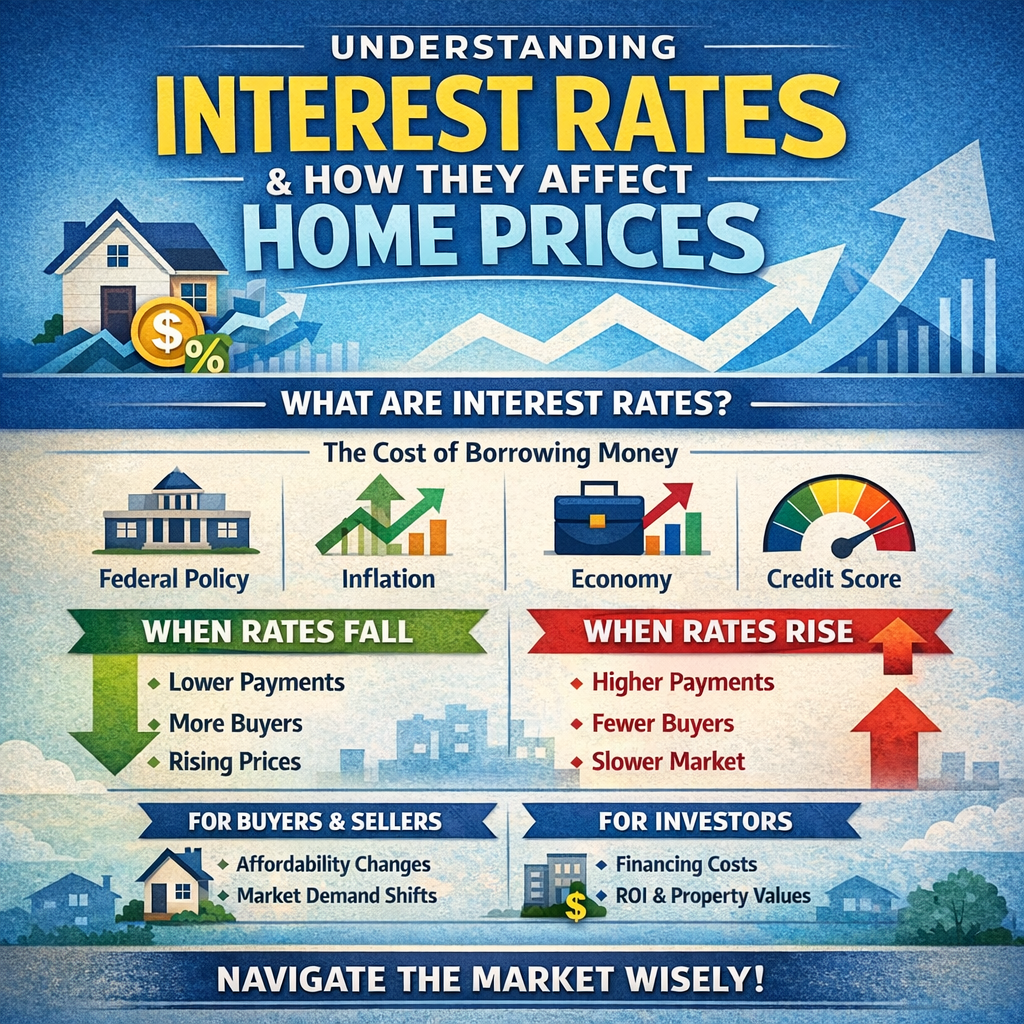Who Pays the Realtor Commission When You Buy or Sell a Home?
In most real estate transactions, the seller pays the realtor commission when a home is bought or sold. This commission, typically 5% to 6% of the sale price, is split between the seller’s agent and the buyer’s agent.
Here’s how it works:
- When a seller lists their home, they agree to a commission rate with their agent.
- Once the home is sold, the total commission is deducted from the proceeds of the sale.
- The seller’s agent and buyer’s agent then split the commission, usually equally.
Example:
- If a home sells for $400,000 and the agreed commission is 6%, the total commission would be $24,000.
- $12,000 would go to the seller’s agent.
- $12,000 would go to the buyer’s agent.
Does the Buyer Ever Pay Realtor Fees?
Buyers typically do not pay realtor fees directly, but they may indirectly pay because the seller may price the home with commission in mind. However, in some special circumstances (like certain buyer-agent agreements or when purchasing a property without an agent), buyers could be responsible for their agent’s commission.
More details on alternative commission structures
There are several alternative commission structures available in real estate, providing flexibility for both sellers and buyers. These alternatives can help reduce costs or tailor services based on specific needs. Here are some common options:
1. Flat Fee Listing
- How it works: Instead of a percentage, the seller pays a flat fee to a listing agent or brokerage. This can be significantly lower than the typical 5-6% commission.
- Services offered: Often includes basic services like listing the home on the MLS (Multiple Listing Service), but may exclude full-service offerings like showings, negotiations, or marketing.
- Example: A flat fee of $3,000 to list a home, regardless of its sale price.
2. Discount Brokers
- How it works: Discount brokers offer reduced commissions, often between 1% and 3%. These brokers may provide limited services, though some offer full service at a lower rate.
- Services offered: This varies by brokerage but can range from a full-service experience to minimal assistance. Sellers should carefully evaluate what services are included.
- Example: Selling a home for $400,000 with a 3% commission means paying $12,000, compared to $24,000 with a 6% commission.
3. Dual Agency (Same Agent for Buyer and Seller)
- How it works: In a dual agency situation, one agent represents both the buyer and seller in a transaction. The total commission is typically reduced since only one agent is involved.
- Pros: Saves on commissions because only one agent needs to be compensated.
- Cons: Some consider this a conflict of interest, as the agent must remain neutral.
- Example: A single agent might charge a 4% commission, instead of the standard 6%, and keep the full amount since no other agent is involved.
4. Commission Rebates (Buyer’s Agent Rebates)
- How it works: Some buyer’s agents offer rebates to their clients, where a portion of the agent’s commission is returned to the buyer at closing.
- Pros: Buyers can save money by receiving a portion of the agent’s commission. These rebates vary but are often 1% of the sale price or more.
- Cons: Not available in all states, as some areas do not allow commission rebates.
- Example: On a $300,000 home, a 1% rebate would return $3,000 to the buyer.
5. Hourly Rate or Fee-for-Service
- How it works: Rather than a percentage commission, some real estate agents charge by the hour or offer specific services for a flat fee.
- Services offered: This can include only the services you need, such as document preparation, home showings, or negotiations.
- Pros: This method can be more cost-effective, especially for experienced sellers or buyers who need limited assistance.
- Example: An agent might charge $150 per hour for consultations or offer a specific service like contract writing for $500.
6. For Sale by Owner (FSBO)
- How it works: The seller lists the home without using a real estate agent, avoiding listing commissions entirely. However, the seller may still need to pay the buyer’s agent commission if the buyer has one.
- Pros: Saves on the seller’s agent commission (2.5-3%).
- Cons: Requires more work from the seller, including marketing, negotiations, and paperwork, and may lead to a lower sale price if not handled correctly.
7. Hybrid Models
- Some companies offer a hybrid model, blending online services with traditional agent support. They might charge a lower commission or a flat fee, while still providing some level of agent assistance.
- Example: Companies like Redfin offer commissions as low as 1-2% for their agents, while still providing services like photography, pricing advice, and negotiations.
Key Considerations
- Level of service: With reduced or alternative commissions, the level of service can vary. Sellers should ensure they understand what services are included and decide if they are comfortable handling some aspects of the sale.
- Market conditions: In a seller’s market, where homes sell quickly, alternative commission structures might be more attractive. In a buyer’s market, full-service agents may add more value by providing enhanced marketing and negotiating power.







